What supplies you need to get started with watercolor painting
What is it about starting something that feels so hard?
It’s just the same, whether it’s getting up at 6am and stepping out into a cold, dark, rainy morning to go for a run, or making the first mark in a fresh, new sketchbook.
Yet when you’re halfway through that run, or that sketchbook, taking another step or making another mark feels like hardly any effort at all.
Once you have that initial momentum behind you, it all gets so much easier.
Why does that first part feel like such a big step?
Whilst starting anything can feel hard, something I’ve noticed makes starting feel even harder is when the thing we’re putting off is linked to one of our long term goals. Like improving our fitness or developing our artistic skills.
The bigger the ambition, the heavier it weighs.
And the harder it can feel to start.
So when we feel sparked to make a special effort and take that first big step to start something, we owe it to ourselves to give it our best shot so we can stand the best chances of succeeding.
When it comes to watercolor painting, getting off on the right foot means starting with the best watercolor supplies you’re able to get hold of.
My view is that with watercolor, if you don’t spend and have the best materials you probably won’t do well and therefore won’t like it! It makes sense to set yourself up for success so that you can truly give it your best go.” – Nancy (community member)
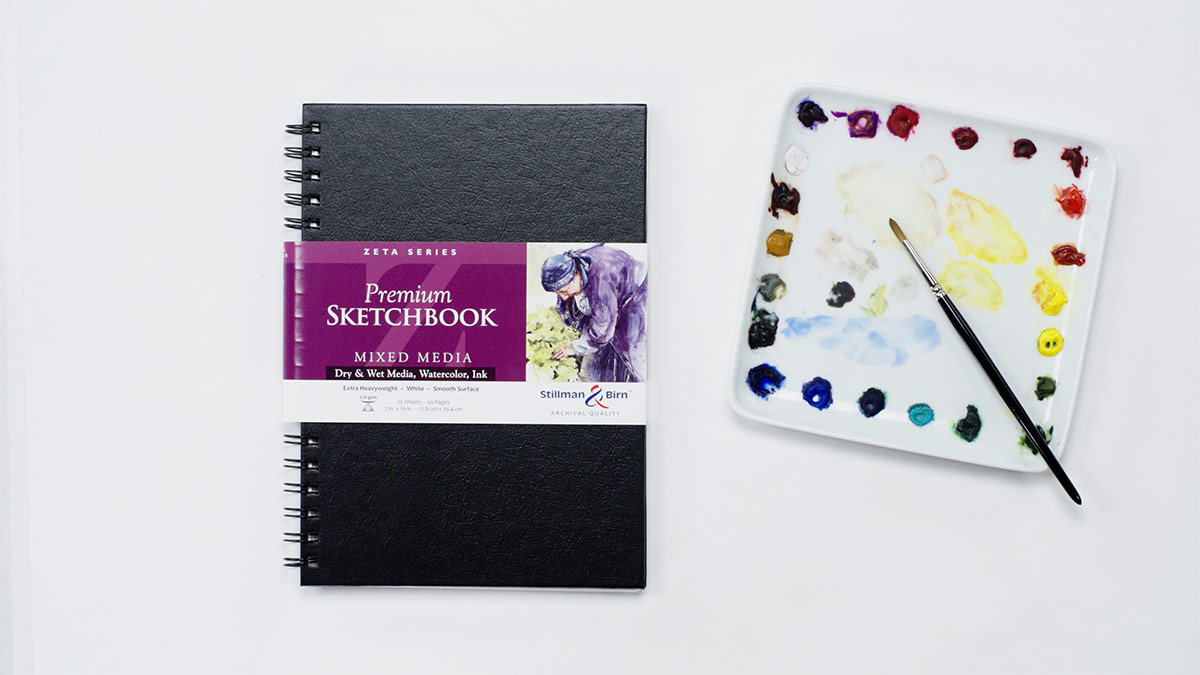
Inferior quality materials limit the results you can achieve
Suppose, for a moment, that you want to make yourself a jacket to wear.
You’ve been inspired by a photo of one made out of a beautiful, soft linen fabric and you’d like yours to look the same. You’ve found clear instructions to follow.
But the material you have to work with is a synthetic, scratchy nylon.
No matter how well you stitch, and how closely you follow the instructions, the quality of your jacket can never match the look or feel of the one that inspired you. Your nylon behaves in a difficult way when you’re handling it and doesn’t feel nice to handle or wear.
You wonder why your jacket isn’t as aesthetically pleasing as the linen one you were inspired by. You put it down to your lack of skill, and decide that maybe sewing isn’t something you’ll be good at.
So you give up on that idea and move on to something else you might be better at. Your sewing things get relegated to the back of a cupboard for ‘one day’.
But of course, it wasn’t you.
The quality of the materials greatly limited the potential quality of the results you could ever have achieved.
This is the case with watercolour. And not using the best watercolor supplies is one of the reasons many people give up with it.
““[I agree it’s] important for beginners to have good paper and professional paints from the start. It’s so easy to be demotivated and put ‘failures’ down to perceived lack of talent when you have actually been let down by the products used.” – David (community member)
You need to know that there are two main categories of watercolor paint: student grade and artist grade.
And the difference between them is like night and day.
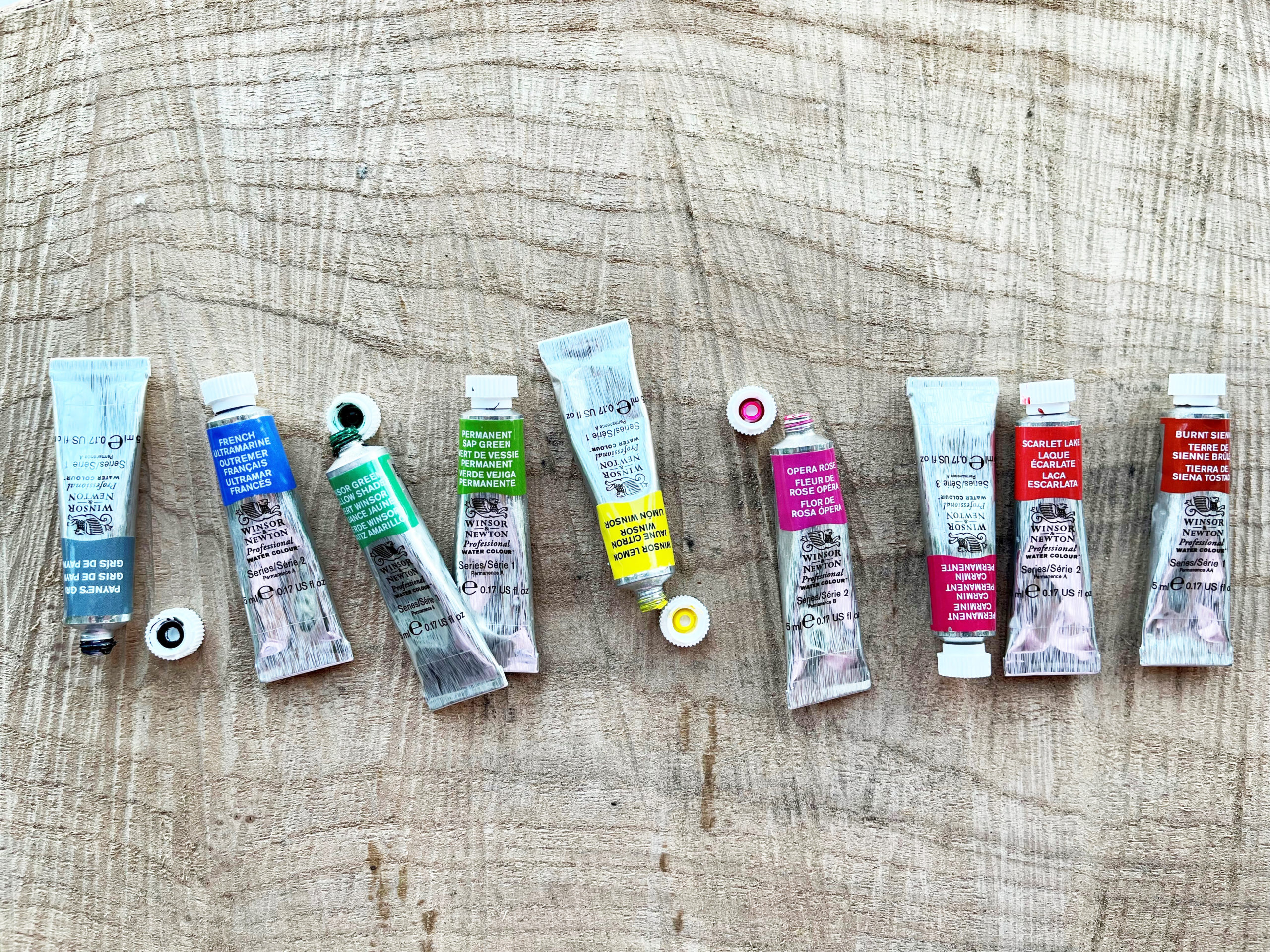
Artist grade paints are like the linen in our above example. They have more pigment in them, which makes them brighter. You can get them in ‘transparent’ colors, which let you paint in layers, allowing colours and details beneath to show through in beautiful ways.
Artist grade paints are a joy to paint with. And when you’re painting in my style, they last years.
Student grade paints are like the nylon in our example. They’re cheaper because they have less pigment in them, and are bulked out with ‘filler’ ingredients. It’s much harder to work in layers with this paint and the colours tend not to be as vibrant.
Which means student grade paints can feel really frustrating to work with. And they greatly limit the results you’ll be able to achieve.
“I played with student paints for a while… What a HUGE difference in my final results by using Quality Paper and Artist grade Pigments! My cheap paper, brushes and student grade paints sit in a drawer unused…. a waste of money and time…..” – Nancy P
So if you can avoid it, please don’t go out and buy student grade paints especially, as once you’ve got the bug, you’ll soon want to replace them, so it will end up costing you more in the long run.
Using quality paper and brushes also extends the potential of what you can achieve. Although when you’re starting, when it comes to paper, a decent sketchbook is all you need.
But don’t let not having the best watercolor supplies be a barrier to starting
Yes, starting with good quality watercolor supplies will give you the best chance of success from the beginning.
But no, if you don’t have them, it’s not a reason to delay starting.
So long as you can get your hands on some watercolor paints, paper (smooth is best) and small brushes, you’ll be able to begin.
Here’s what I suggest you do:
1) Invest in a small amount of quality kit if you can
For the very best start in realistic watercolor painting, you can buy all the quality supplies you need for around $135 (£110). These will last you a really long time, so when your parcel arrives, savour the moment of unpacking them, because it might be years until you need to reorder. To save you time and energy, I’ve put together everything you need into a starter kit that you can easily order from suppliers around the world.
“Quality of watercolor supplies are very important. I see it as an investment. Anna has chosen quality products and takes the guess work out of mixing colors. The paints last an amazingly long time.” – Sue
2) Borrow from a friend
If you’re not yet ready to make that investment, try sourcing quality materials through other means. Friends, family and neighbours may well have supplies sitting in a cupboard which they’d be very happy to lend you, so ask around.If they have tubes of quality watercolor paint in similar colours, you only need to take a clean dinner plate and ask them to squeeze a blob of each colour onto it, around the edge. You can let the paints dry then use this as your palette. I let my paints dry on the palette in this way and use a wet brush to pick up the pigment.
“I started out with super-cheap paper and a watercolor set a neighbor lent me. Nothing high grade. My brushes were nothing special. But it was enough to get me started -and- enough to let me see that I had enough interest to justify an investment in the paper/paints/brushes you recommend. – Patrice (community member)
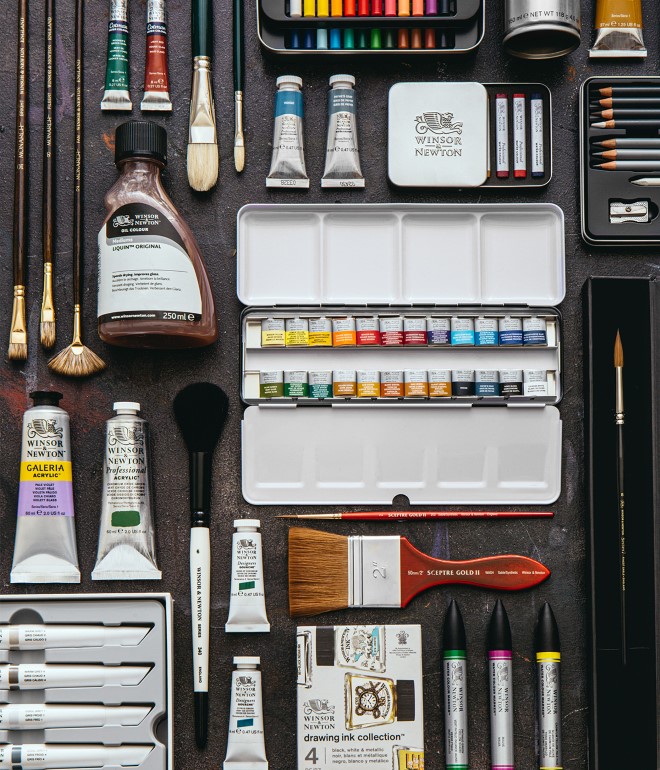
3) Use what you have
If neither of the above are options for you, then you can still start with whatever you have to hand, even if that means using student grade paints at first. You can get reasonable enough results with them to set you on your path.
With the [different brand of paints I used], I obviously didn’t know which would be the “correct” substitution, but just using what visually looked close and doing my own mixing, those paintings turned out just as nice and realistic. Having the list of paints is helpful but the method and process is far more important than the paint colors, so just use what you’ve got!” – Charity
“When I started I used student grade paints from another online school. I used a round 2 and round 6 brush. And cheap Canson paper. I can say one thing…. It took the pressure off of me as a beginner to not ruin an expensive piece of paper!! Over time I replaced paints, paper and brushes with quality supplies.” – Diane
Doing this is going to help you to get past that hardest part, and start.
But if you’re not using the best watercolor supplies, you need to be aware of the limited potential of what can be achieved.
And you need to know that if you’re getting unsatisfactory results, it’s not you!
Watercolor painting is amazing value, even when you buy high quality supplies
Creative hobbies cost money. But if you’ve ever balked at the price of a tube of premium artists’ paints, it’s worth remembering 2 things:
1) A tiny amount of paint can cover a lot of paper, so lasts you a LONG time.
With waterolour you dilute your paints A LOT. That means 1 small tube of paint end up lasting you a LOT of paintings. I’ve had many of my 5ml tubes for years, and I paint really regularly.
2) There can be zero waste.
Unlike with acrylics, if you get pulled away mid-painting session when you’re using watercolor, you can simply let your paints dry off safe in the knowledge you can re-wet them when you’re ready to resume painting – even if that’s not for days or weeks! No wasted paint, no palette to scrape off. The same goes for your brushes – no need to wash them – they won’t be damaged by leaving them to dry out with paint on them, you can wash them later, or simply wait and resume painting by re-wetting them when you’re ready to paint again.
This means that, with watercolour your initial outlay on paints will actually work out as really good value over the longer term.
And there are some ways you can make your budget go even further:
1) Start with a friend
Or even better, a few friends. You can split the investment in paints, each squeezing them onto palette your palette. This way you pay a fraction of the cost for the paints, which are the most expensive supplies. Then you only need your own brushes and paper.
2) Ask for watercolor supplies for your birthday or Christmas!
Not only will this stretch your budget, it can also make the gift-giver feel happy they’re able to support your creativity in some way.
“I ask for paints, brushes and paper for Christmas and Birthday gifts.” – Nancy
3) Add a tube of paint to your basket to qualify for free shipping
This tip came from David in our online community. It’s a great way to spread the cost of buying supplies using money you’d have spent on something else anyway:
“If you regularly buy other products from Amazon (and you are not a Prime member) and your basket does not reach the value to qualify for free delivery, try putting a tube of paint in your basket. Rather than pay the delivery charge, this might tip the basket over the line to qualify for free delivery. You pay the same, but you get a ‘free’ tube of paint paid for by Amazon 😄” – David
I hope this post has inspired you to start something big you’ve been putting off. If that’s watercolor painting, hopefully you’re feeling sparked to gather up your supplies and make a start. Be sure to schedule it into your calendar – another tip for creative success.
What have your experiences been with watercolor supplies?
Has a lack of suitable kit stopped you from starting until now? Are you feeling inspired to take that step and start? Do you have any good tips to share with others for maximising your budget for painting supplies?
I’d love for you to join in the conversation by leaving a comment below.

Browse more blog posts
Share this post!
8 Comments
Leave a Comment
Share this post!
Subscribe to blog updates
Blog Updates
The information you provide here will be used only to deliver the email course, along with other relevant updates from me. You can unsubscribe anytime. Click here for our privacy policy.

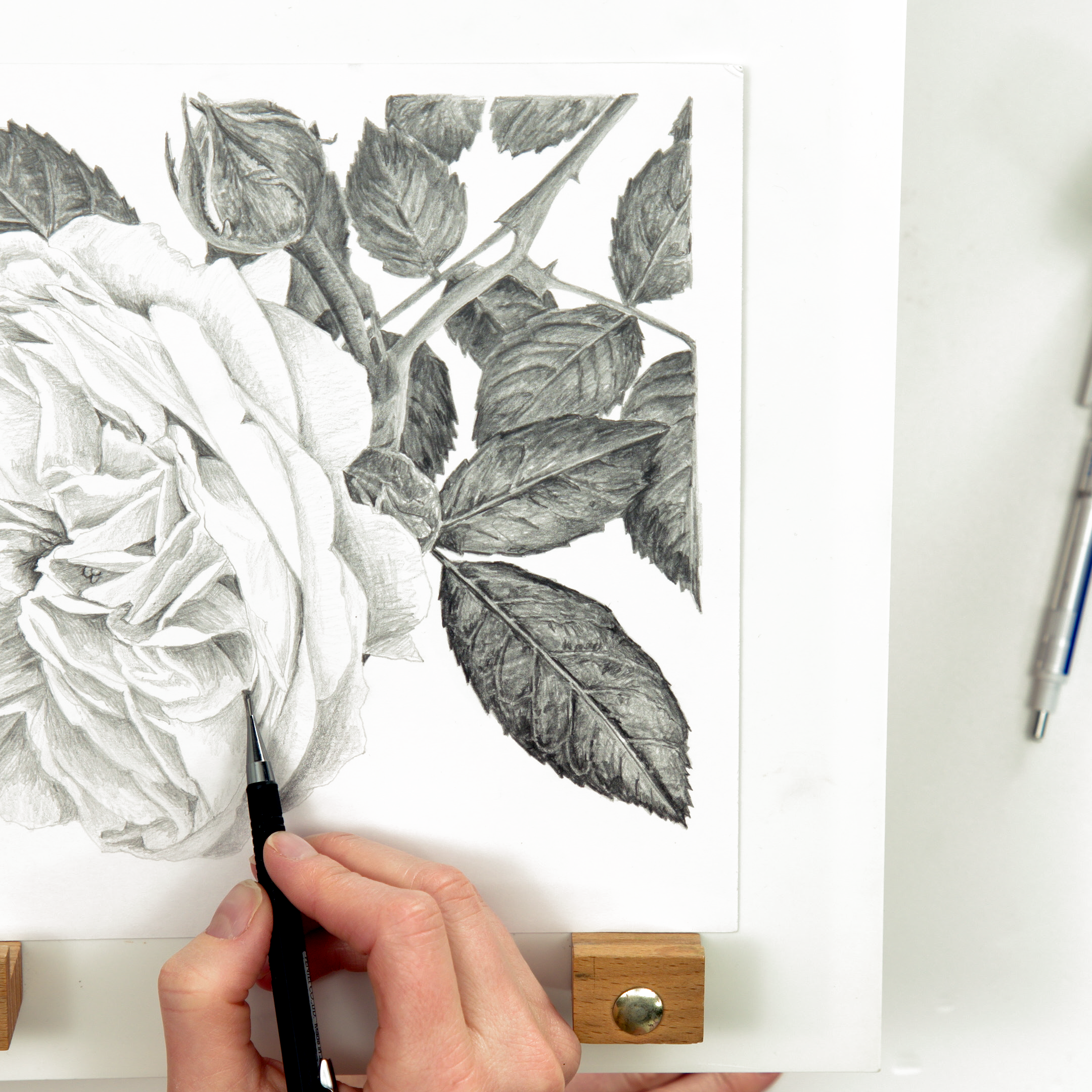
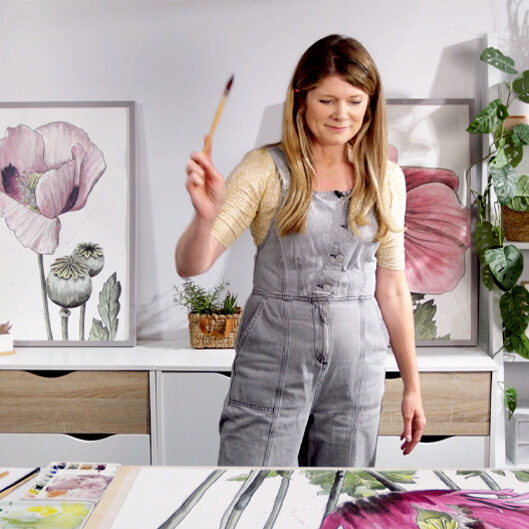
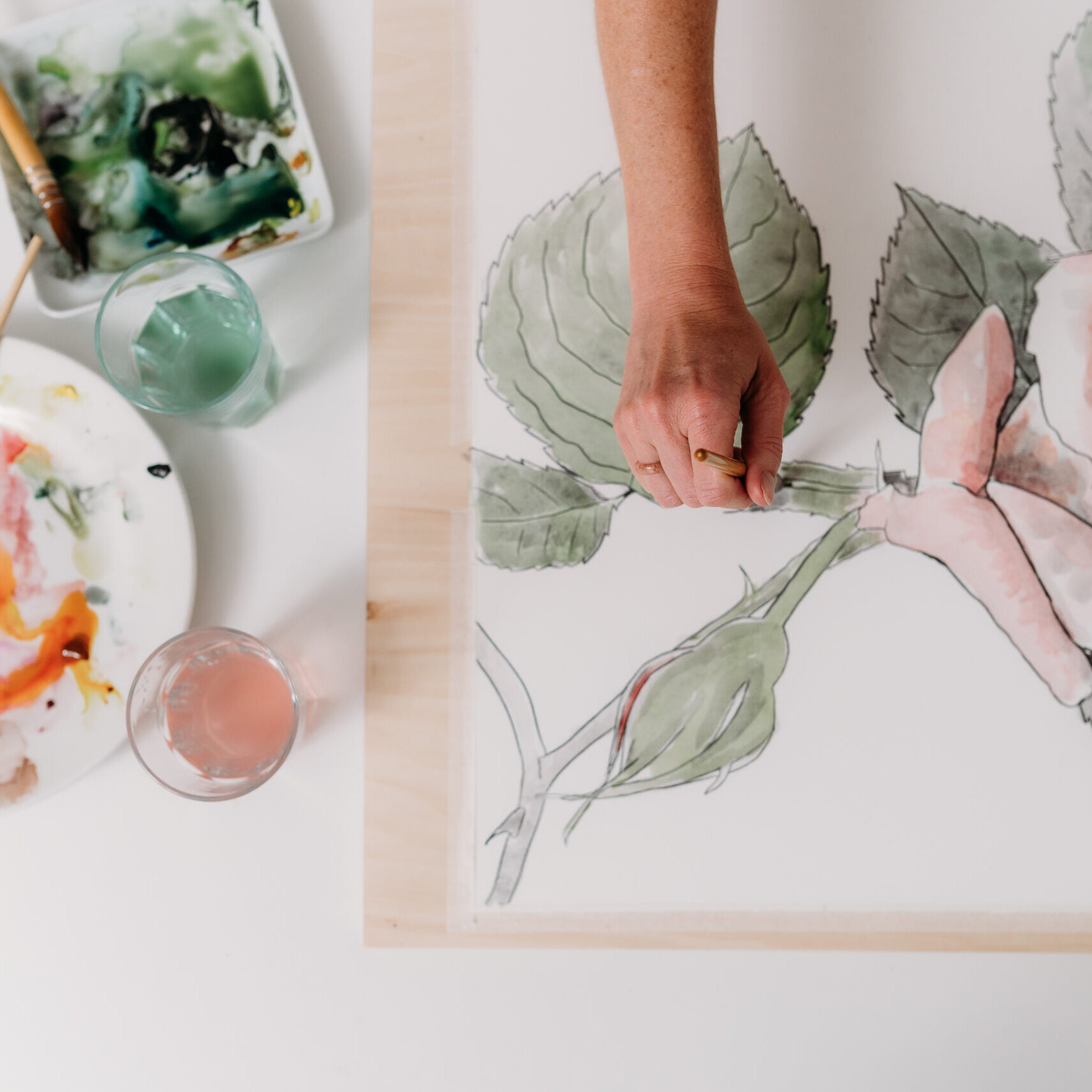
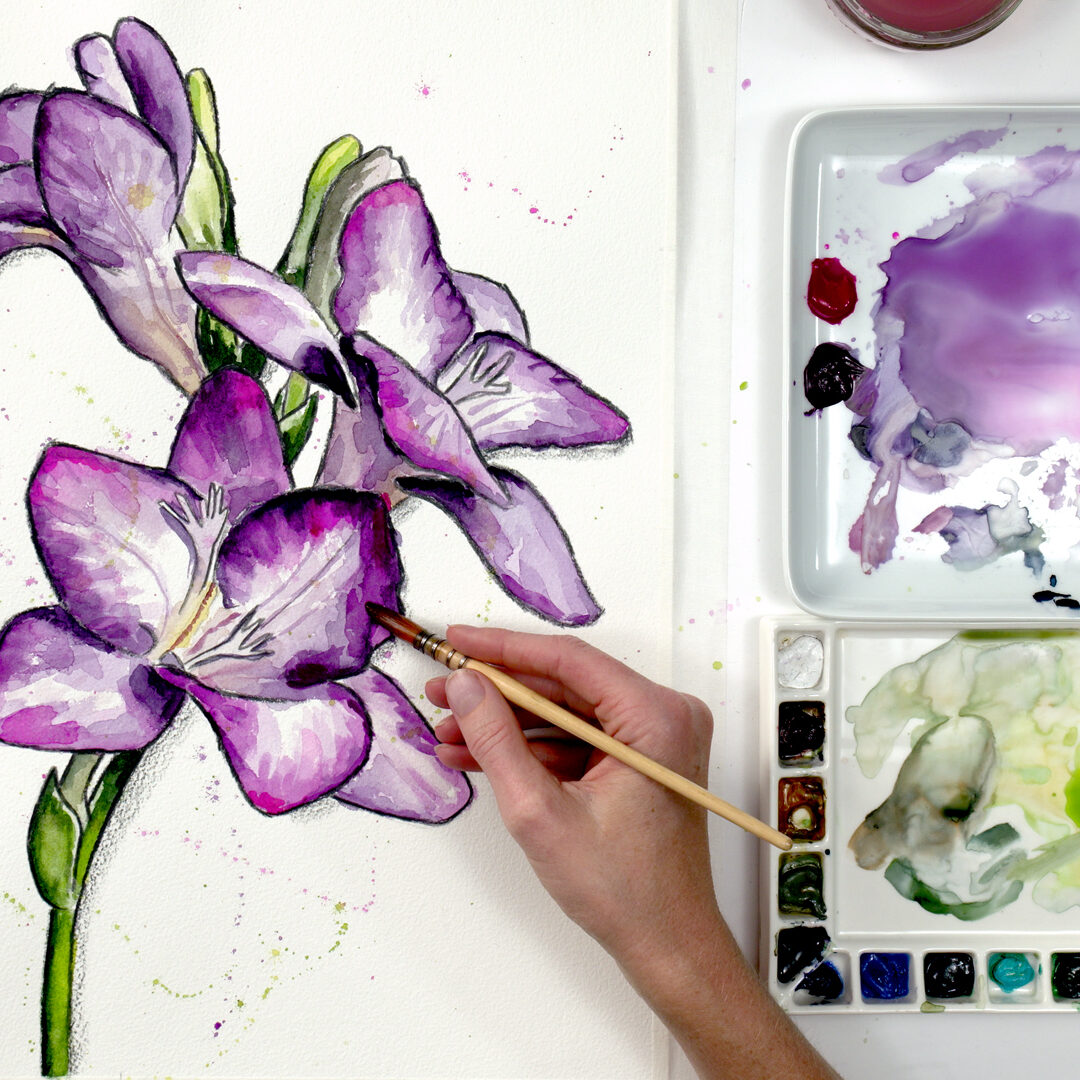
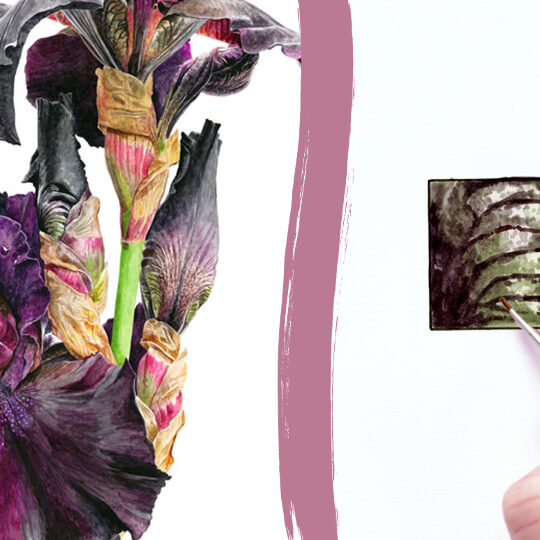
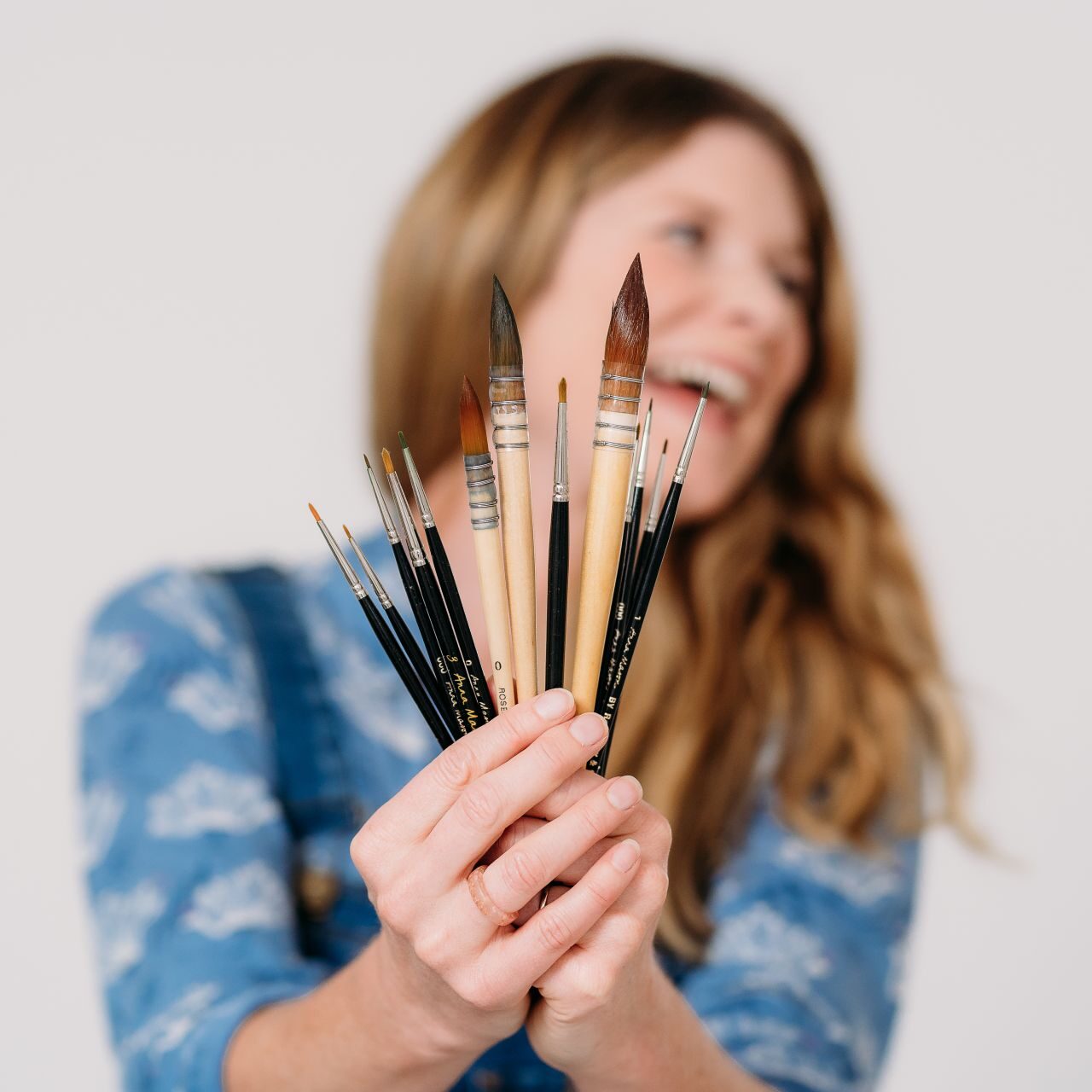
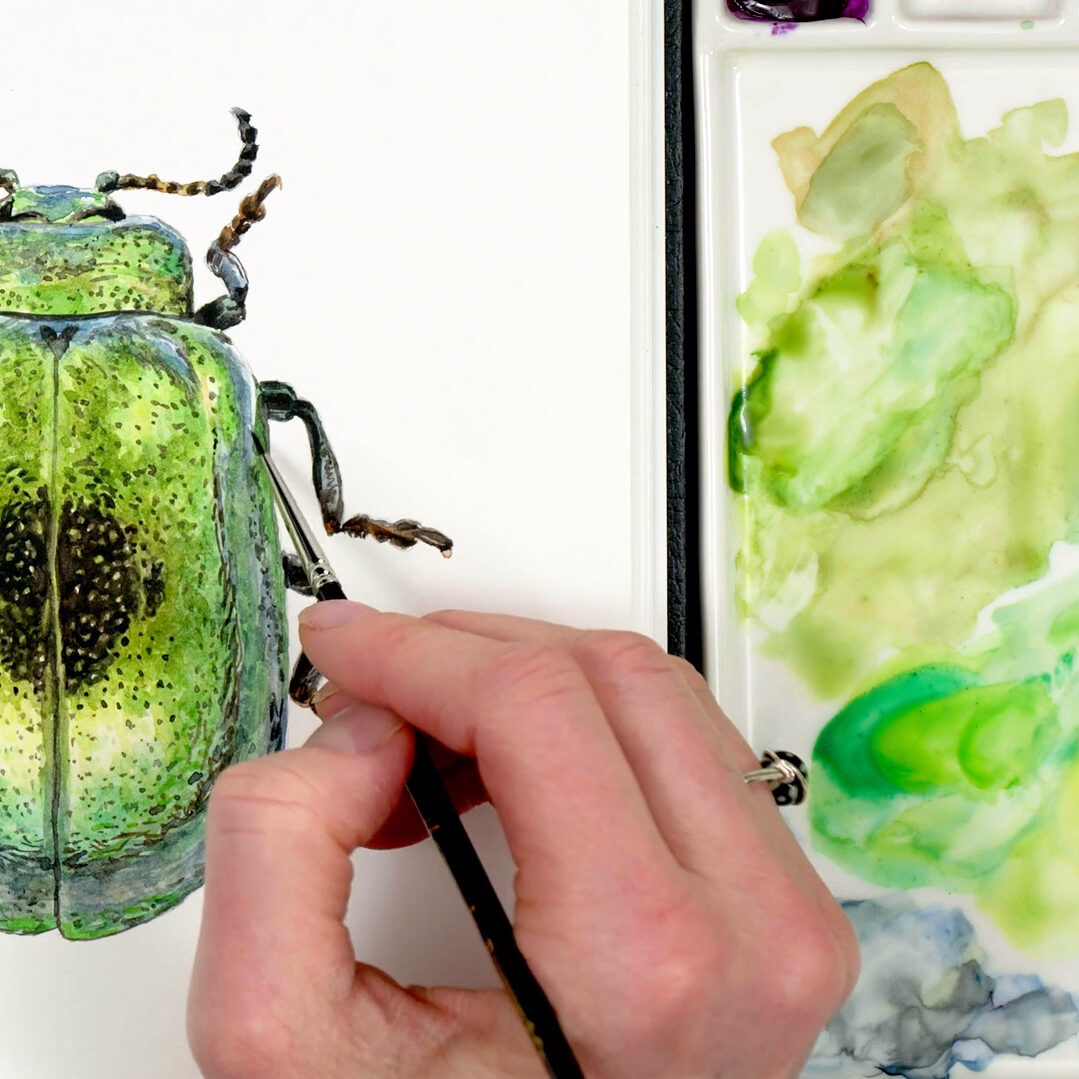
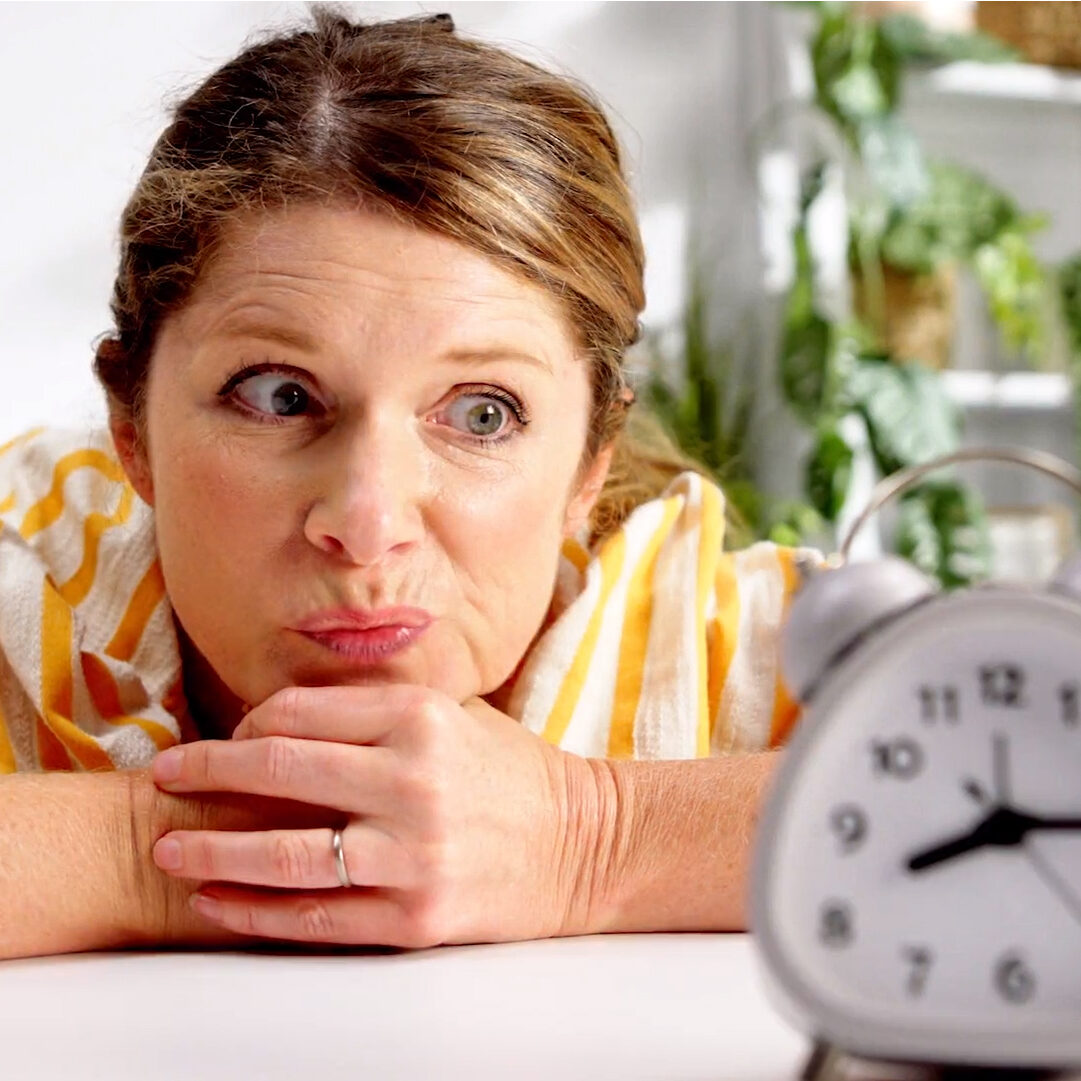
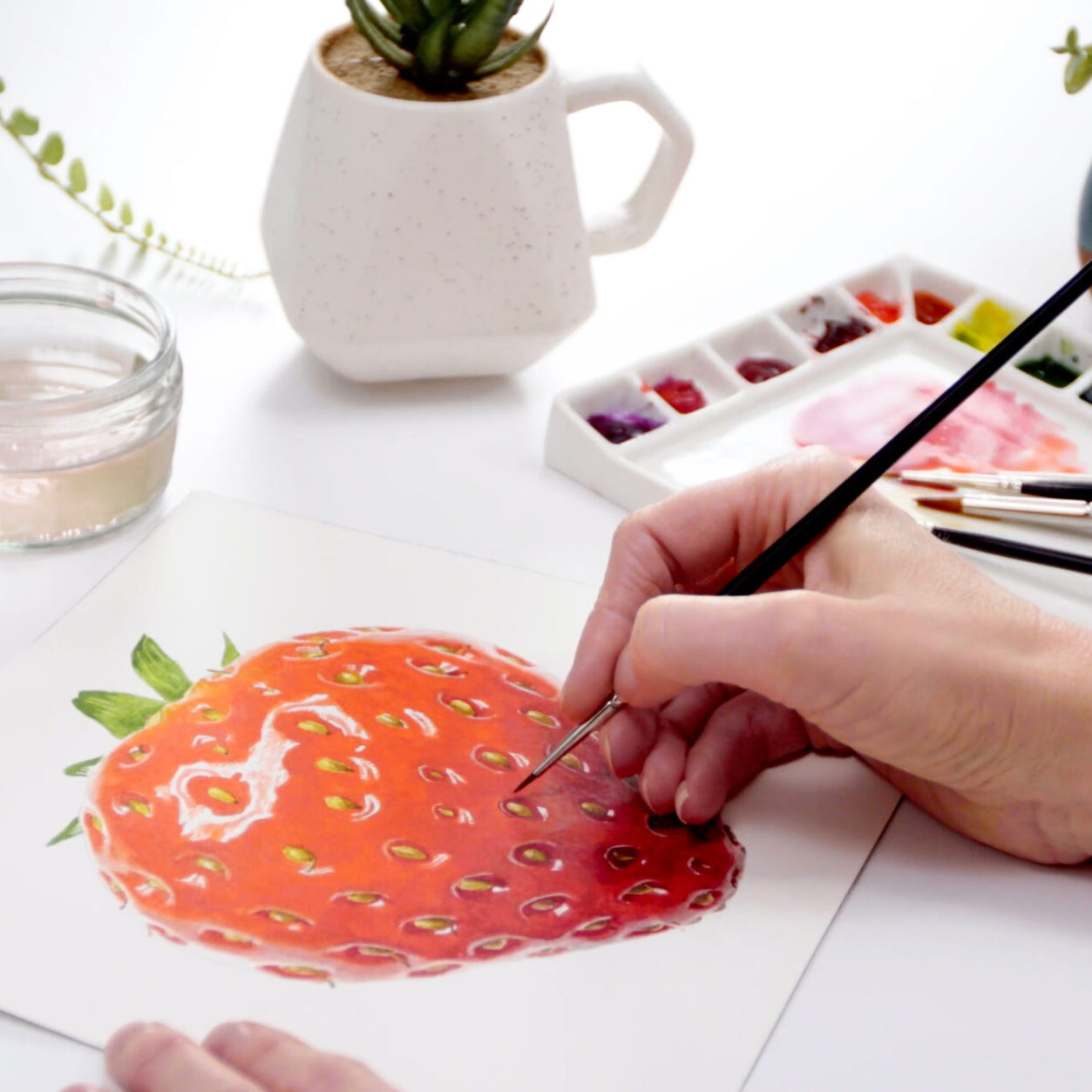
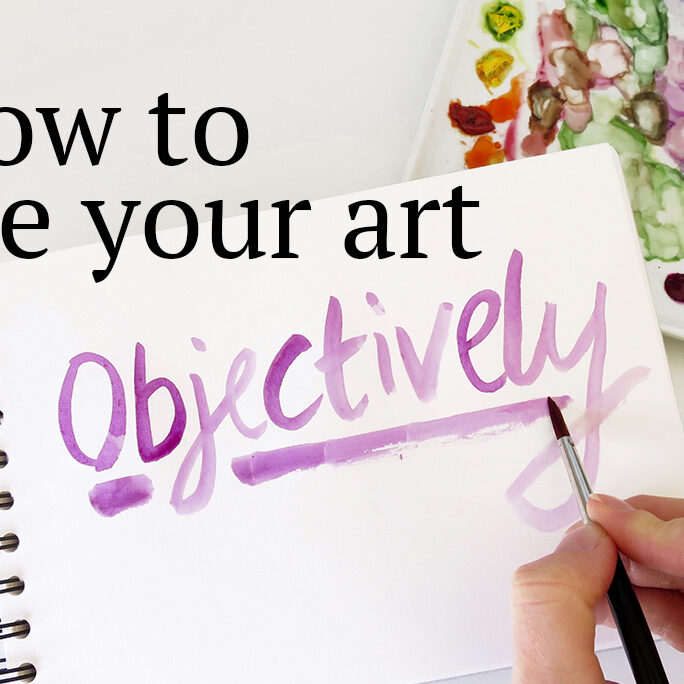
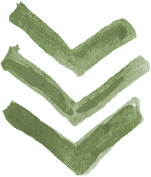
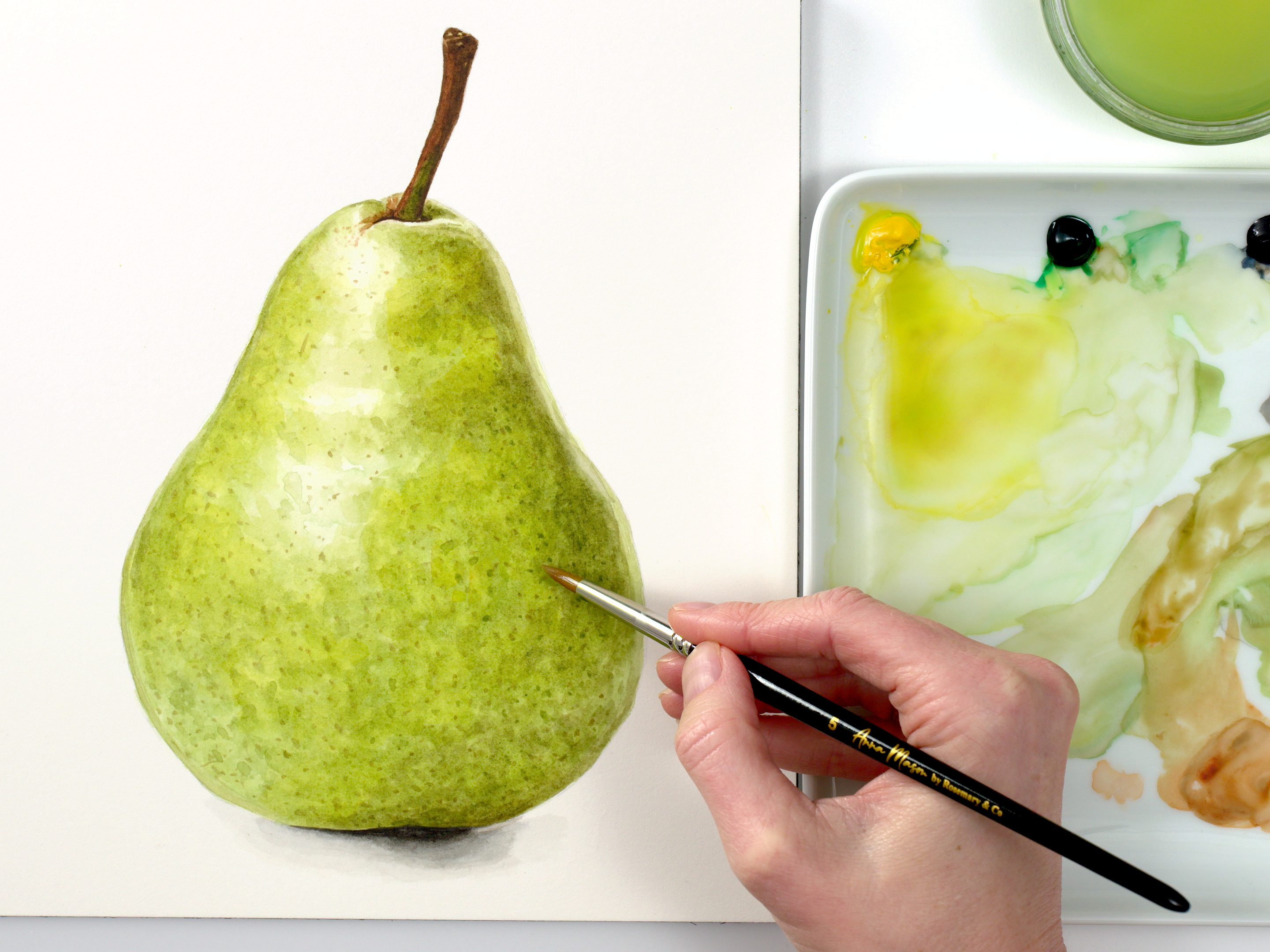

I am so with you on this!! My first couple of tutorials with the school I did with some old, dried up student watercolors that I had on hand. Then I invested in some artist professional grade paints (Winsor-Newton), and could not believe the difference. The colors are so much richer and blend so much better. I will never go back to cheap student paints. And I fully get your sewing analogy, as I am a seamstress. It makes complete sense to work with quality materials if you want quality results.
That is such a great idea! Thank you for sharing this valuable tip!
Something that I find useful and inexpensive are the “dots” of samples of paint colors put out by Dan Smith, Winsor Newton, Schminke and others. They provide an amazing array of choices and sometimes the perfect hue that you need. They last forever and when I use up a dot, I consider whether to get a tube. The dot charts also provide a lot of information on the paint characteristics in one place. You can them to see the similarities and differences in colors that may have the same name, but behave differently on paper.
[…] you’re not wanting to buy premium grade paints when you’re just starting out – check out this post where we look at ways you can pull your supplies together without buying new. They include requesting […]
What brand of ain’t do you recommend? ThatnisnwhybI read thru this but did not get any brand name or. Recommended set.
I can agree with getting quality supplies, but with any hobby/ activity how is a beginner suppose to know what true quality is? Do we take the word of a salesperson in the big box store, look for the products with the highest rating and price on Amazon, or do we trust the talking heads on You Tube that are pushing a sponsored brand? The ability to talk to other artists, and try materials out first hand would seem to me to be most beneficial. Without getting too bogged down in “What if’s”, what if a person attended a local watercolor society meeting, or class to experience first hand what others have already learned?
I made the mistake of buying student grade watercolour paints from Winsor and Newton. What a waste of money!
When I studied in college at a design school Winsor and Newton was the gold standard for watercolor. Now, we have Daniel Smith, M.Graham. I would purchase 3 colors to start with: quinacridone rose PV19, ultramarine blue PB29 and nickel azo yellow by M.Graham These provide what you need to create/mix colors you don’t have in your palette yet. They are transparent and staining which give vibrant and rich colors.
Paper by Legion Stonehenge Aqua Hotpress is an affordable option.
As you gain experience and certain you want to continue, start adding Anna’s paint color’s a little at a time.